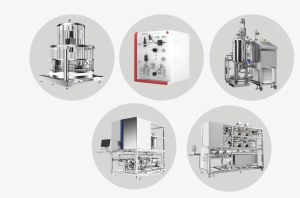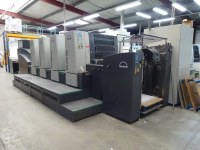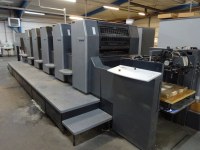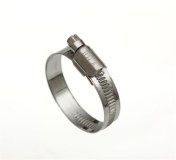Hanbon is a manufacturer of liquid ssmb chromatography series products with a large production scale and a complete range of products in China.
The main products include: Biopharm purification equipment, Oligo synthesizer, industrial preparation simulated moving bed smb chromatography systems, supercritical fluid chromatography systems, continuous chromatography systems, laboratory chromatography instruments, etc., and can provide users with integrated solutions and services centered on chromatographic products.
Synthesis Principle Of Oligonucleotide
Most oligonucleotides are currently synthesized by solid-phase synthesis, using automated equipment, in which phosphoramidite monomers are required. For example, the phosphoramidite monomer for DNA synthesis mainly consists of bases, deoxyribose, 2-cyanoethyl 5'-DMT and 3'-terminus, and diisopropylamine group, while the phosphoramidite monomer for RNA requires protection of 2'-OH to prevent cross-reaction between 2'-OH and 5'-OH in solid-phase synthesis, and the protecting group is usually TBDMS. Solid-phase synthesis is frequently used nowadays, the traditional solid-phase carriers were controlled microporous glass beads (CPG), but the loading capacity was limited, only 70-80 μmol/g. Nowadays, more high loading capacity solid-phase carriers are used, and the loading capacity is generally up to 250umol/g~350umol/g.
Purification Method Of Oligonucleotide
Oligonucleotides are short-stranded nucleic acids consisting of less than 20 nucleotide units, and purification methods can be selected according to different oligonucleotide lengths, sequences, structures, and purity requirements. The following are some common oligonucleotide purification methods:
1. Polyacrylamide gel electrophoresis (PAGE): Suitable for the purification of oligonucleotides with short length (less than 30 nucleotide units). The size difference between oligonucleotides and impurities is separated by PAGE, followed by cleavage and elution of the target oligonucleotides.
2. Reversed-phase high-performance liquid chromatography (RP-HPLC): For purification with a length of 10-50 nucleotide units, oligonucleotides are separated from impurities based on polarity differences.
3. Ion exchange chromatography (IEX): For purification of 10-100 nucleotide units in length, oligonucleotides and impurities are separated by adsorption and elution of oligonucleotides with ions on an ion exchange resin.
4. Affinity chromatography (AC): For the purification of 10-50 nucleotide units in length, selective adsorption and elution of oligonucleotides based on specific interactions between oligonucleotides and paired molecules (e.g. adenine or thymine) on the affinity resin.
5. Capillary electrophoresis (CE): Suitable for the purification of oligonucleotides less than 30 nucleotide units in length, the oligonucleotides are separated by electrophoresis.
Above are some common methods for oligonucleotide purification, Hanbon can offer relevant equipment, which can be used during the RP-HPLC
Choose Hanbon for Your Biopharmaceutical Process
In the synthesis stage, we can provide different sizes of synthesizers to meet your needs in different stages of optimization and next step scale-up, from laboratory level to industrial production level;
In the purification stage, whether you choose reversed-phase chromatography or ion exchange methods, we have the corresponding equipment for you to choose from;
In the ultrafiltration stage, we can also provide different sizes of equipment to meet your needs for salt exchange concentration.
In a word, with Hanbon, you can find the system that matches your need for your production process.
For more information about simulated moving bed adsorption and simulated moving bed chromatography principle, please feel free to contact us!
Ubicación : No.1-9 jixian road, economic development zone, 223005 Jiangsu,
Persona a contactar : com hanbon, 86 0517 83706900








